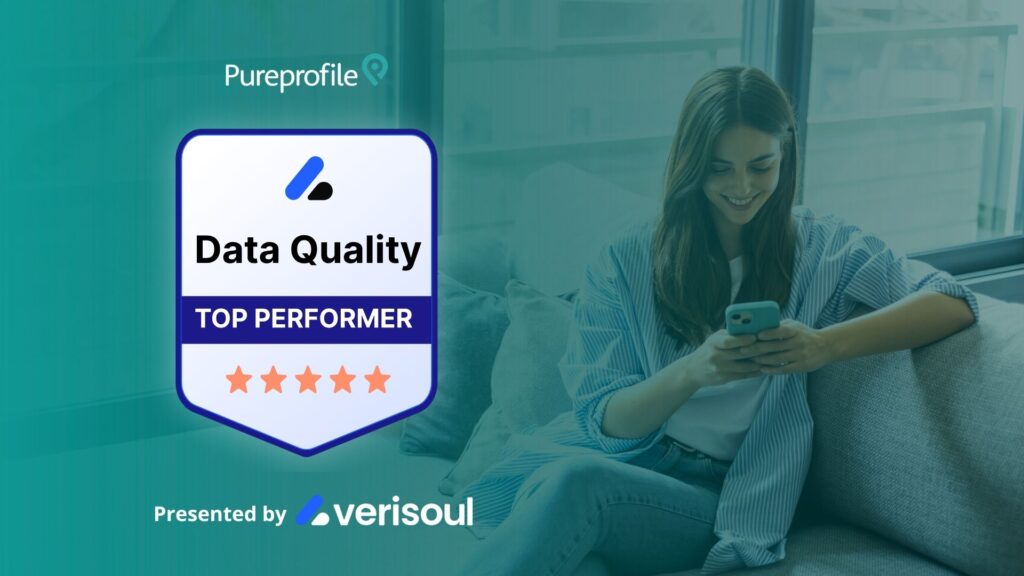By Sonia Elicia, Marketing Activation Manager
There have been countless technological shifts over recent years in the research industry. Yet few innovations have been as significant as synthetic responses in market research, particularly with the advancement of artificial intelligence.
For decades, the market research industry has followed the same fundamental playbook: recruit participants, incentivise them to share opinions, analyse responses, and make decisions. This tried-and-true method should remain at the heart of good, impactful research. But let’s face it – surveying hard-to-reach consumer segments within tight project timelines can drive up costs and push deadlines, creating challenges that even well-designed studies struggle to overcome.
So, how do we solve this?
Synthetic responses offer a promising solution. Looking beyond the headlines about AI creating content or deepfakes, this technology is already helping brands and research teams fill survey quotas, complementing traditional methodologies and making comprehensive market insights more accessible.
What does synthetic data mean in market research?
When most people hear “synthetic data,” they immediately think “fake” and, by extension, “less valuable”, which misrepresents the technology’s capabilities.
Synthetic data in market research is not merely a substitute for real human consumer feedback, it augments existing survey data. While traditional research methods continue to form the backbone of consumer insights, synthetic responses augment your collected dataset to strategically fill critical gaps, particularly when reaching hard-to-reach audiences like C-suite executives, high-net-worth individuals, and other notoriously difficult-to-access demographics that often leave quotas incomplete.
The fundamental promise is compelling: rather than spending weeks recruiting participants or stalling projects due to unfilled quotas, what if we could generate statistically valid insights from models trained on existing consumer attitudinal data? The implications for brands and businesses are significant – it helps avoid project delays while substantially reducing costs and eliminating the frustration of incomplete data sets.
Pureprofile’s approach: Synthetic Responses grounded in reality
When it comes to leveraging AI in market research, there should be no shortcuts in protecting data quality. This principle guides Pureprofile’s newly launched Synthetic Responses offering, powered by Livepanel, which uses advanced machine learning models trained on real panelist profiles and actual survey responses.
What makes this offering particularly compelling is that it serves as a complement to traditional research and is intended as a top-up solution. It allows researchers to fill gaps in studies by generating contextually relevant synthetic responses for hard-to-reach demographics based on both actual responses by respondents and their profiling data – the machine learning model runs fresh for each dataset.
For example, if your study requires responses from 30 high-net-worth respondents over 40 years old in a particular geographic region, but you’ve only secured 20, Pureprofile’s Synthetic Responses offering provides the option to generate the remaining 10 responses based on behavioral patterns of similar participants.
While it can sometimes take several weeks to fill some challenging quotas, Pureprofile’s solution can generate synthetic data in as little as 24 hours.
How synthetic data differs from weighting techniques
So what’s the difference between synthetic responses and standard weighting techniques? While weighting simply adjusts the results of an existing study to make them more representative for analysis, synthetic responses create new, artificial responses that mimic real respondent data, using machine learning models.
The engine takes all survey responses and detailed profile information into account, employing advanced imputation techniques, to create responses that fill quota gaps where real responses are lacking. This approach effectively addresses research challenges like low response rates or insufficient sample sizes for hard-to-reach segments—without compromising data integrity.
A marketer’s view
As a marketer, I’ve seen how synthetic data has ‘rescued’ many research projects on multiple occasions. Whether you’re testing a brand campaign that needed results ‘yesterday,’ validating product features, or developing concepts under tight deadlines, synthetic responses can serve as a ‘top-up solution’ to meet those hard-to-fill quotas.
In summary, marketers will be able to:
- Stretch their research budget further – Synthetic data enables cost-effective scaling of research studies. The use of synthetic data can help supplement the final percentage of data collection, resulting in faster decision-making and optimised spend.
- Tap into hard-to-reach audiences – Need insights from C-suite executives, ultra-wealthy consumers, or other harder-to-reach demographics? When traditional recruitment falls short, Pureprofile’s latest solution can generate contextually relevant synthetic responses using real respondent data within the study – delivering statistically valid insights.
- Accelerate time-to-insight – Especially when time is of the essence, synthetic responses can eliminate research project delays, particularly when you’re waiting for quotas to fill. With insights arriving in days instead of weeks, this speed advantage enables quicker decisions and more responsive strategies in today’s fast-moving markets.
Keen to learn more? Get in touch to explore how Pureprofile’s Synthetic Responses solution can enhance your research strategy.

Sonia Elicia
Sonia is a seasoned marketing leader with nearly a decade of experience working with global companies and research agencies, collaborating with some of the world’s biggest brands.
Passionate about data storytelling and business growth, she specialises in uncovering the intersection of data, strategy, and creativity to drive impactful business outcomes.


